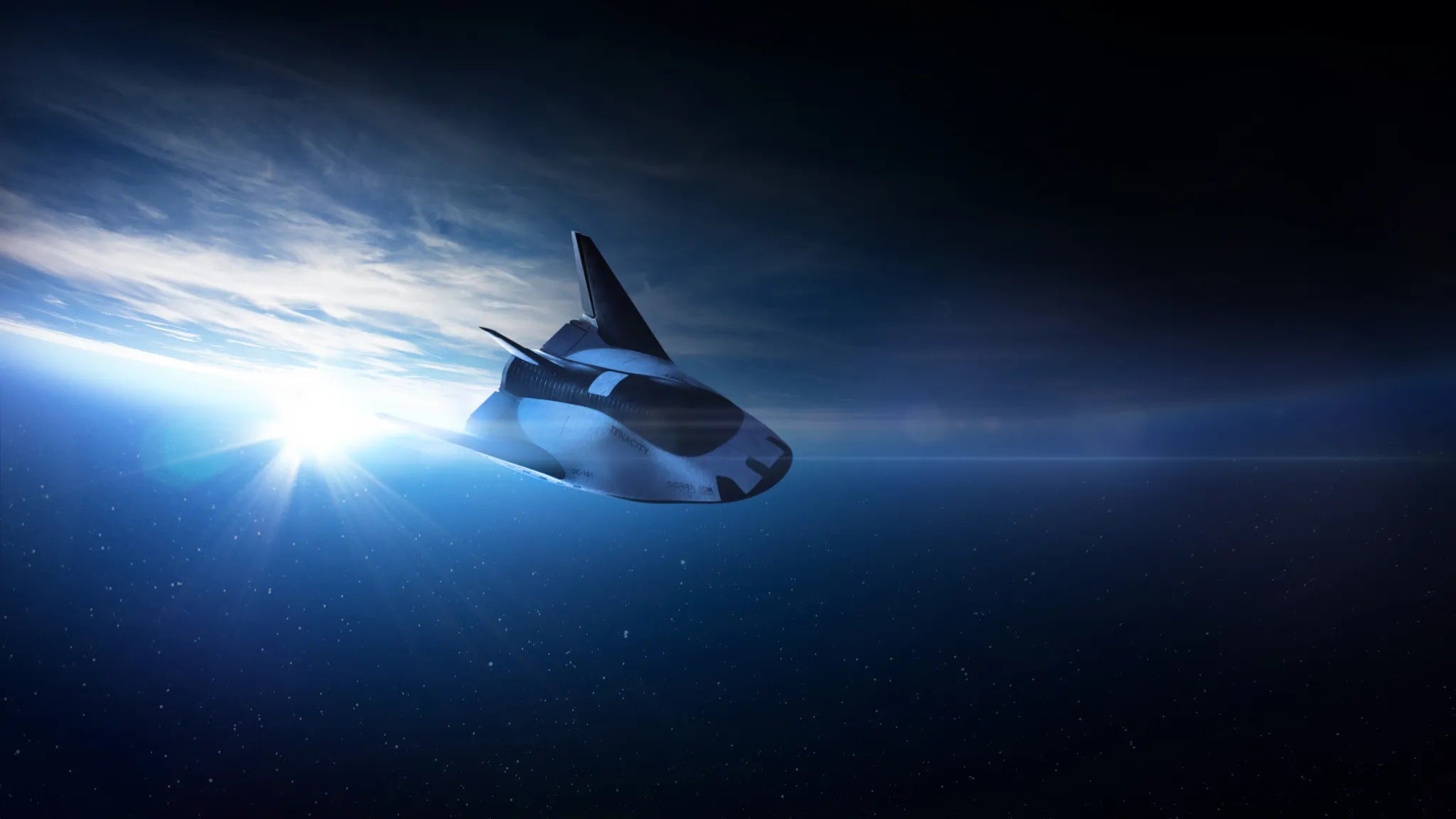
Commercial spaceplanes traveling to the International Space Station (ISS) are a step closer to reality. Sierra Space’s Dream Chaser spaceplane, called Tenacity, completed its pre-flight testing at NASA’s Neil Armstrong Test Facility in Sandusky, Ohio on May 9. Tenacity, which flies without a crew, will be transferred to the Kennedy Space Center in Florida. There, it will undergo final testing before a scheduled launch to the ISS later this year, according to a Sierra Space press release.
Tenacity and its cargo module, Shooting Star, will resupply the ISS. A later version of the spaceplane, called the DC-200, will be crewed.
The Dream Chaser
Tenacity is designed with reusability in mind. It can be used up to 15 times, a feature that significantly reduces the cost of space missions. During its ascent into space, the spaceplane’s folded wings are protected by a payload fairing. Once in orbit, the fairing is jettisoned. The cargo module, Shooting Star, is not reusable.
For Tenacity’s maiden voyage into space, it will undergo more in-orbit tests before it is certified for future missions. These include testing its light detection and ranging (LIDAR) sensors in space, responding to commands sent from the ISS, and retreating from the space station at various ranges of feet, among other demonstrations. The Dream Chaser will deliver 7,800 pounds of cargo on this mission.
According to NASA, Dream Chaser can remain attached to the ISS for up to 75 days and return 3,500 pounds of cargo. The spaceplane will remain attached to the ISS for 45 days before it returns to Earth. It can land in as little as 11 to 15 hours after it leaves the ISS. Like the Space shuttle orbiters, Tenacity will land on the runway at Kennedy’s Launch and Landing Facility, the first since Space Shuttle Atlantis completed its last mission in 2011. While Tenacity is the first of several spaceplanes, another one, Reverence, is currently in production.









